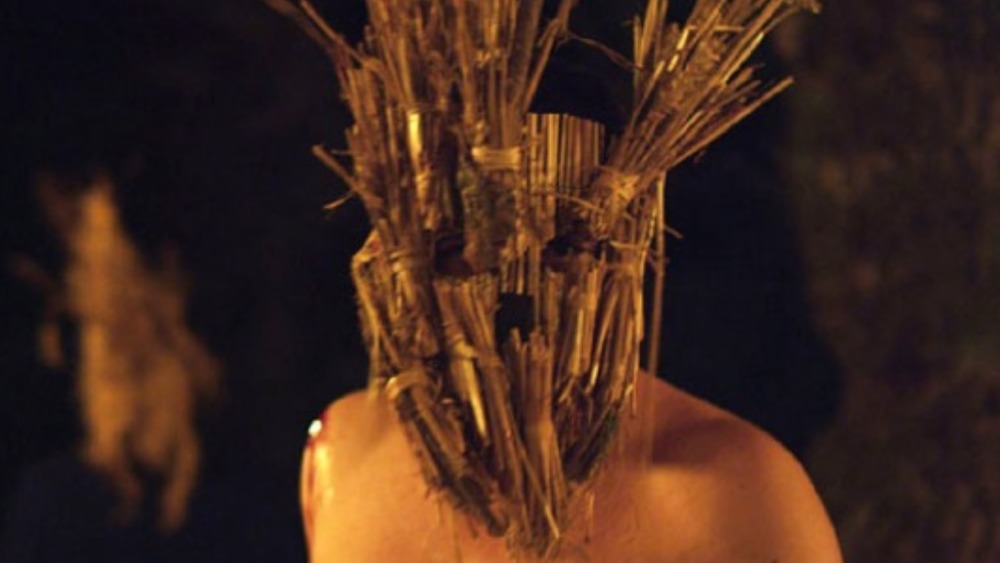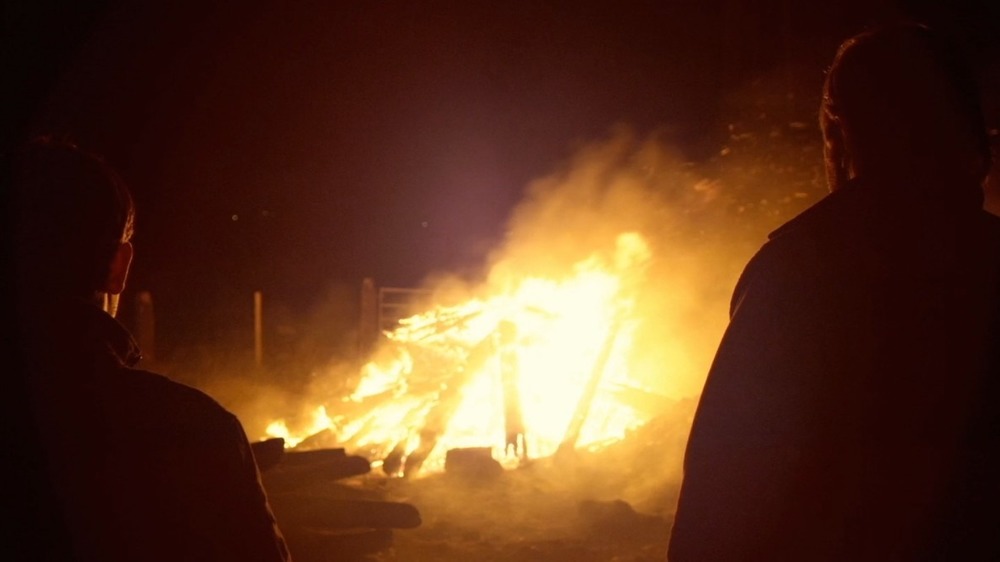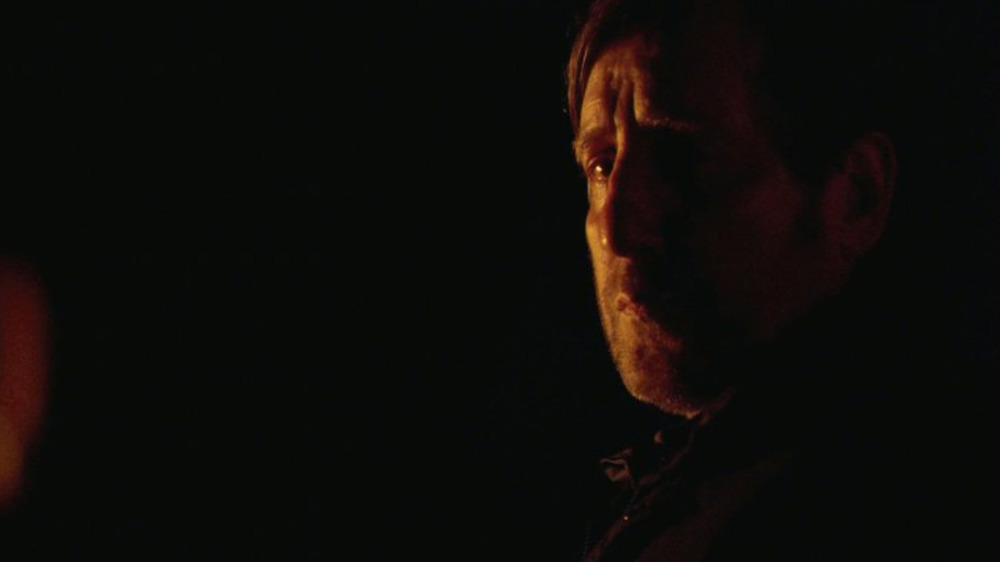The Underrated Ben Wheatley Horror Movie You Can Stream On Amazon
Long before Ben Wheatley got to make highly anticipated sequels in major Hollywood franchises, he garnered heaps of critical acclaim by helming low-budget British movies in the crime-thriller and horror genres. Kill List, released in 2011, marked the director's second feature, and it's a film that combines all of Wheatley's artistic sensibilities to great effect.
Kill List follows two hitmen — Jay (Neil Maskell) and Gal (Michael Smiley) — who accept an assignment from a shadowy client who likes contracts to be signed in blood. The mysterious individual tasks Jay and Gal with taking out three targets, but as they get deeper into the violent mission, it becomes clear that their client has ulterior motives for one of them. Saying more about the plot would spoil Kill List's unexpected twists and turns, so let's just discuss some elements that make it such a must-see experience if you're in the mood for a proper scare.
Kill List is not a horror movie for the faint-hearted
Horror movies have a tendency to explore the darker side of human nature, and Kill List is as unrelenting in its terror as they come. There's a tangible sense of dread in every frame that will get under the skin of even the most hardcore fans of the genre. The characters spend most of the movie unaware that they're walking into a trap, but for the viewer, it's made clear from the outset that sinister forces are observing Jay and Gal from the shadows at every turn. While some viewers might not sympathize with two contract killers battling for their lives, the film's oppressive atmosphere is enough to induce panic nonetheless.
The movie also contains some moments of wince-inducing violence, including one nasty scene involving a hammer. Violence is often portrayed as gimmicky and, in some cases, fun in horror movies. In Kill List, the bloodletting is just straight-up nasty. In an interview with The Guardian, Wheatley revealed that he wanted to make the gory scenes as "realistic" and "unglamorous" as possible because violence is no laughing matter.
Of course, Wheatley went on to deliver outrageously entertaining moments of gruesomeness in Sightseers and Free Fire, but with Kill List, he was out to make a point and hammer (pun intended) it home.
Kill List helped revive a niche subgenre
Kill List draws inspiration from the folk horror subgenre, which rose to prominence in the 1960s and '70s after The Witchfinder General, Blood On Satan's Claw, and The Wicker Man were unleashed on the public. Wheatley's film is evocative of these classics in many ways, especially in terms of its imagery and themes. Then again, the film is its own beat entirely, but that's often the case with movies that have been defined as folk horror by critics, fans, and scholars. As BFI noted, folk horror it isn't a simple genre to categorize. Some common elements found in these movies include rural landscapes, isolated communities, dark folklore, and archaic belief systems. However, the stories are unpredictable and can involve anything from religious cults to more fantastical scenarios.
Kill List, along with Wheatley's A Field In England and Hammer's Wake Wood, were key to the genre finding a new lease of life in the United Kingdom back in the early 2010s. Since then, folk horror has found acceptance in mainstream Hollywood thanks to the success of The Witch and Midsommar. If you're a fan of these flicks, add Kill List to your streaming queue and prepare to be have your socks blown off.


